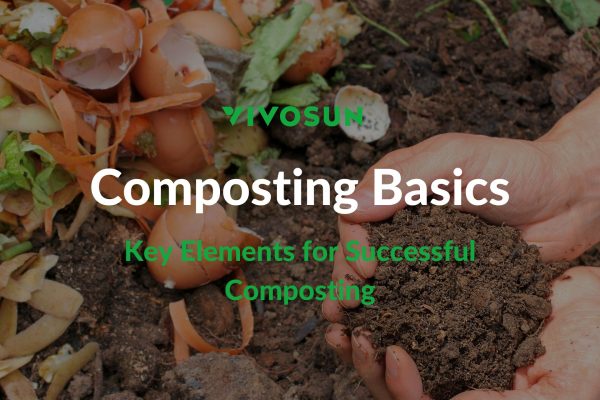What is Magnesium?
Soil nutrients are categorized into three basic groups based on the quantity required by plants: macronutrients, mesonutrients, and micronutrients.
Magnesium (Mg) is an essential mesonutrient, along with calcium (Ca) and sulfur (S).Magnesium is a highly mobile element crucial for plant growth and development. Its availability in soil is influenced by several factors, including the type of parent rock material, the degree of weathering, local climate conditions, and specific agricultural practices such as crop type, cropping intensity, rotation, and fertilization methods. Consequently, the magnesium content in soil can vary significantly depending on the soil type. For instance, tropical and sandy soils typically have low magnesium levels, whereas soils near sea marshlands, peat soils, saline soils, and soils with high clay content generally contain higher amounts of magnesium.
How do plants use Magnesium?
Magnesium is an indispensable element throughout the entire growth period of a plant, fulfilling multiple critical functions within the plant. It is a central component of the chlorophyll molecule, supporting the ability to absorb sunlight during photosynthesis. Magnesium also acts as a carrier for phosphorus, participating in phosphate metabolism, which is crucial for energy transfer and storage.
Furthermore, magnesium is essential for cell division, protein formation, activation of various enzyme systems, and plant respiration. In short, without magnesium, chlorophyll cannot effectively capture solar energy for photosynthesis, and important metabolic functions related to carbohydrate metabolism and cell membrane stability would be impaired, hindering normal plant growth and development.
Magnesium is extensively involved in various stages of plant life activities, from energy production and utilization to structural components and enzymatic reactions. It is the foundation for plants to carry out fundamental metabolic processes such as photosynthesis, respiration, nutrient transport, and metabolism. It also plays an irreplaceable role in maintaining normal physiological functions, ensuring nutritional balance, and coping with environmental stresses in plants. Therefore, magnesium is considered an essential nutrient for maintaining plant health and productivity, and ensuring its adequate supply is crucial for achieving optimal growth conditions.
So, what does magnesium do for crops? Let’s find out!

The Physiological Role of Magnesium
- Magnesium is an important part of chlorophyll and pigment in plants, which can promote photosynthesis and the formation of carbohydrates, proteins, and fats;
- Magnesium is an activator of hundreds of enzymes, and also participates in the composition of some enzymes to promote metabolism in plants;
- Magnesium can improve the disease resistance of crops and prevent the invasion of germs;
- Magnesium can promote the formation of vitamin A and vitamin C in plants, and improve the quality of crops while increasing yield.
Effects of Magnesium Deficiency
- Magnesium is a mobile element in plants. When plants lack magnesium they will supply the new leaves at the top first so the old leaves will first show any magnesium deficiency.
- The veins of the old leaves at the bottom become chlorotic and yellow, and expand over time, and necrotic spots will appear as the symptoms develop.
- With the increase of magnesium deficiency, the new leaves at the top of the plant will also be affected, with brown spots and discoloration of the veins, which will eventually affect the flower bud yield and quality.
Magnesium deficiency is relatively easy to fix. The first is to check and adjust the pH value of the nutrient solution and ensure that it reaches somewhere between 6.0-6.5, which is conducive to the absorption of Mg through the roots. Second, add magnesium-containing supplements when fertilizing.

Effects of Excessive Mg element
- The growth of the plant is retarded, and the leaf color will be dark green.
- Symptoms of calcium lockout (magnesium toxicity can affect a plant’s ability to take up calcium).
If there is excess of Mg you should flush the roots with triple the amount of water than the capacity of the pot. After that, water your plants with a balanced fertilizer.
As always if you have any questions you can message our Instagram or Facebook and we’ll be glad to help you out! We’re happy you’re on this journey and we want to help in any way we can.
Subscribe to the Vivosun newsletter for growing tips, grower stories, and special offers, and get 12% off your first order!
We love the new Vivosun Smart Grow System and we are certain that you too will love it once you try it.
And join our Facebook farmer’s community for even more exclusive contests and prizes!
Download Vivosun App to get 15% off and explore more information!







